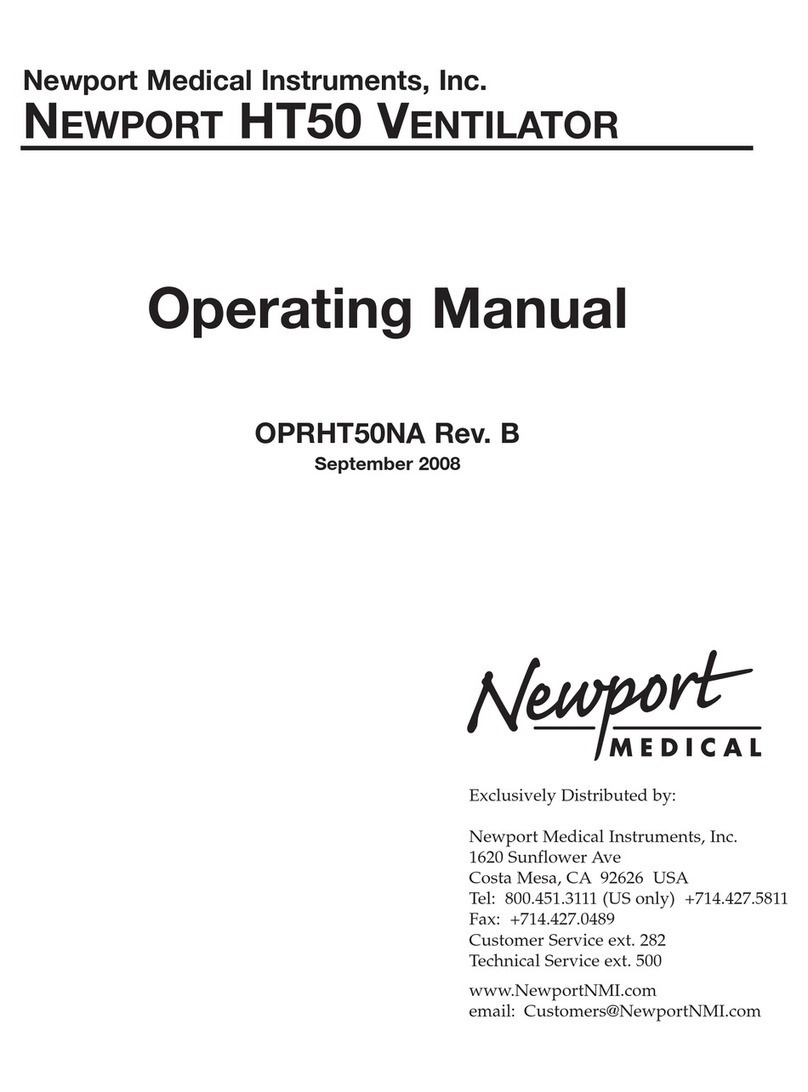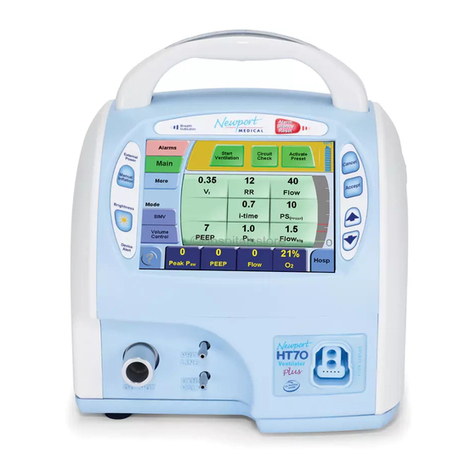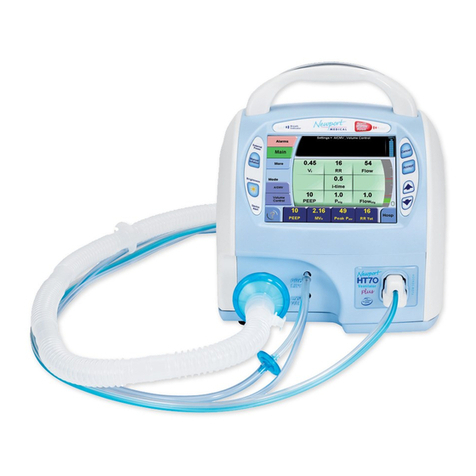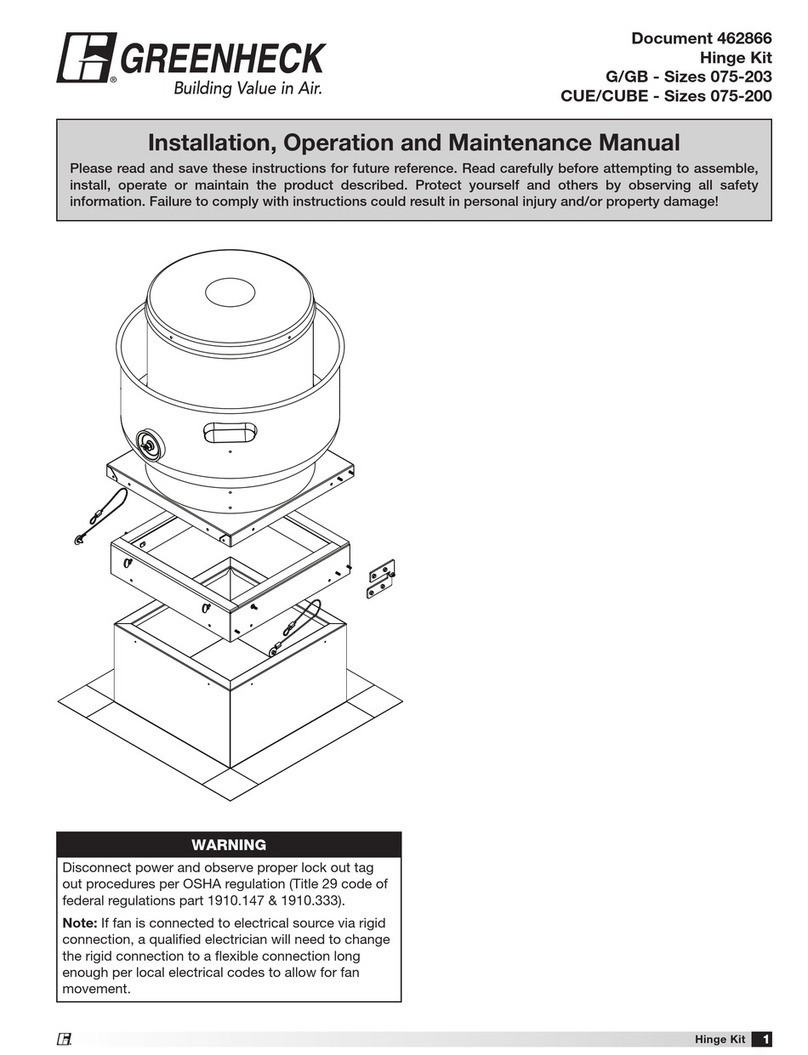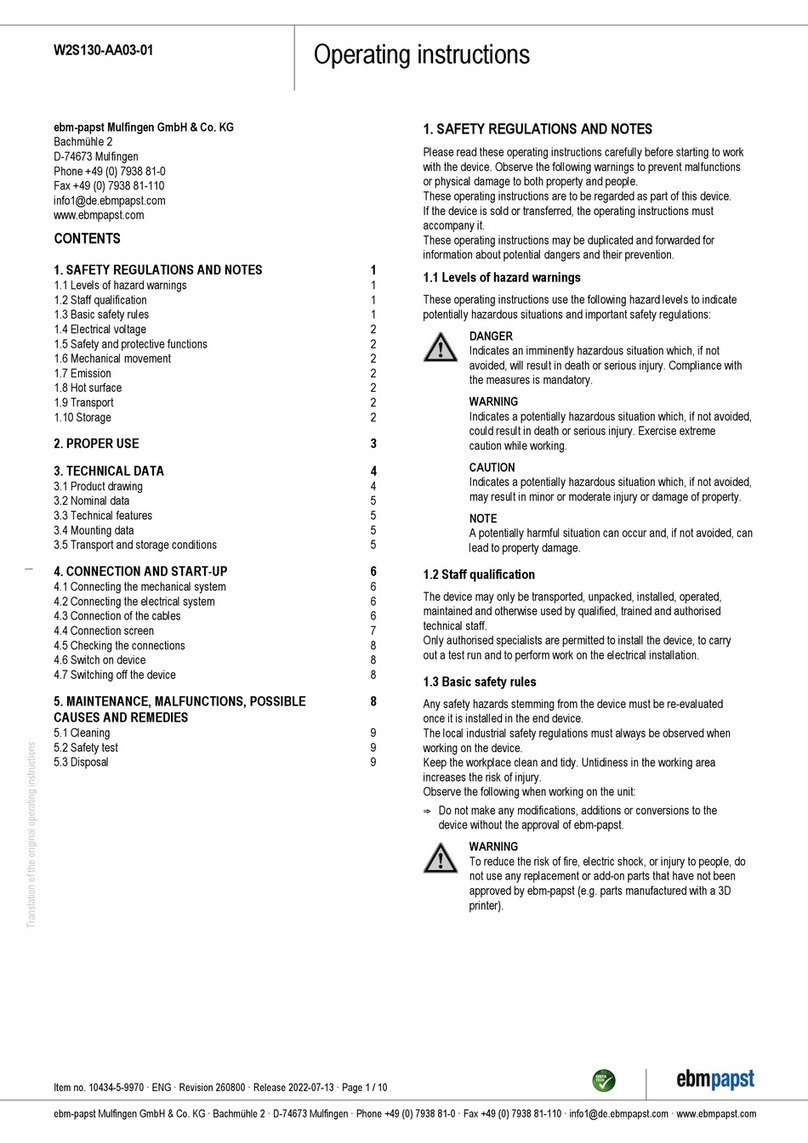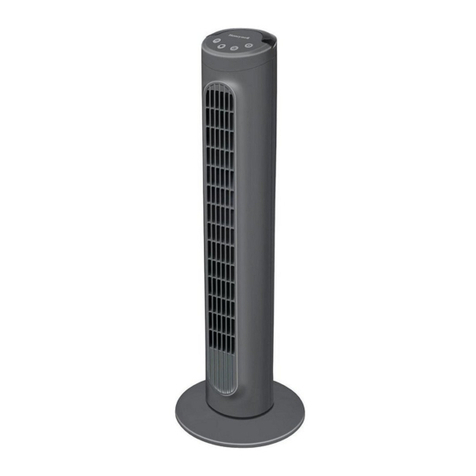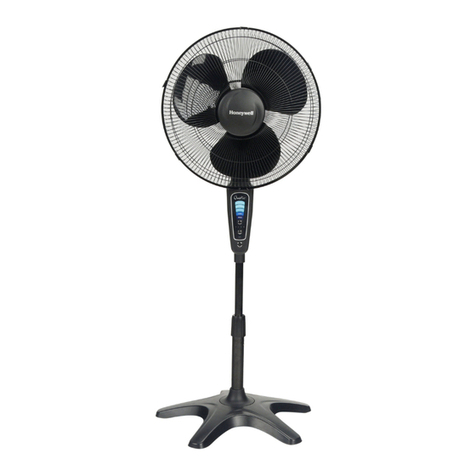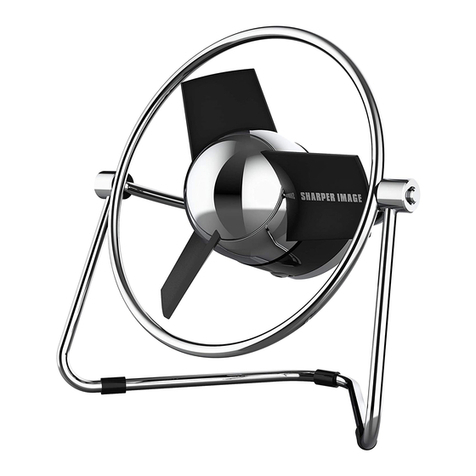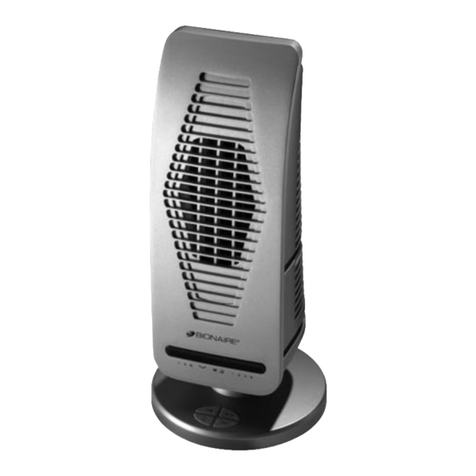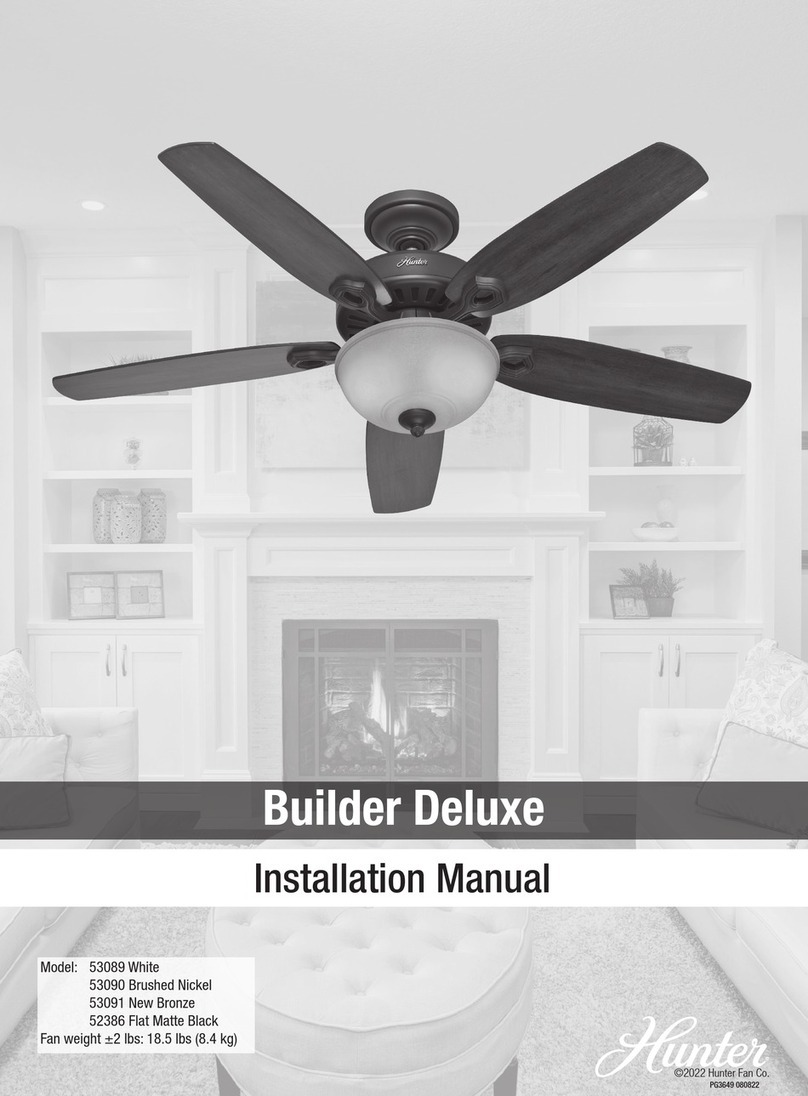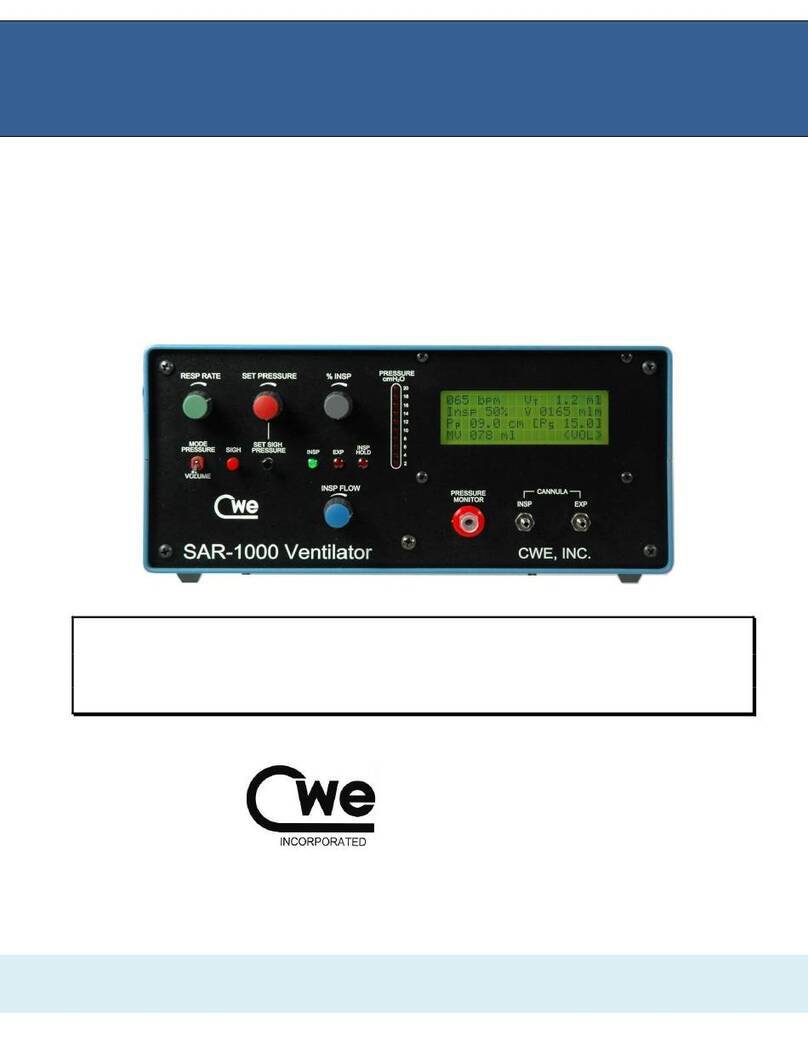Newport Medical Instruments HT50-H1 Installation guide

Enter User Set Up: Press On/Standby while pressing Silence/Reset.
Scroll through selections: Press the Int. Battery button.
Change parameter selected: Press the ▲Up/▼Down buttons.
Exit User Set-Up Press Silence/Reset button once.
User Set-Up Selections (factory default = bold/underlined)
The HT50 Dual Pac Internal Battery System can provide hours of mobility and freedom for the
ventilator dependent person. Use these guidelines to help prolong that freedom.
1. Replace the primary internal battery every 12 months or sooner if the use time no longer
meets the user’s needs.
2. Replace the secondary internal battery every 24 months.
3. Always keep the Power Save function ON.
4. Always use an external power source when possible. Verify that the “Ext. Power” LED
is lit green when the HT50 is connected to external power.
5. Reset/clear latched alarm indicators so that the HT50 can resume Power Save.
6. Always have an alternate power source available.
7. Keep the Dual Pac Internal Battery System charged up.
USER SET-UP DUAL PAC INTERNAL BATTERY USE TIPS
ORDER INFORMATION
Parameter ▲Up/▼Down (to select)
Power Save Mode Toggles On / Off
Pressure Units Toggles cmH2O/ mbar
Setup Toggles User / Default
Auto Panel Lock Toggles Enabled / Disabled
Technical Set-up Refer to Service Manual
This Training Aid is meant to complement not replace the Operating and Service
Manuals for the HT50 Ventilator. It is applicable for all models of the HT50,
p/n HT50-H1(HT50-H1B) and HT50-H(HT50-HB). Please contact Newport Medical
or your local Newport Medical representative for more information.
Newport Medical Instruments, Inc.
1620 Sunflower Avenue
Costa Mesa, CA 92626 USA
Tel: 1.714.427.5811, 1.800.451.3111 (USA only) Fax: 1.714.427.0489
Technical Support ext. 500 (24/7)
Clinical Support ext. 123 (24/7)
Customer Service ext. 282
HT50-05TA Rev. E 0909
The Newport
Ventilator
HT50
®
TRAINING AID
EZ CAL (EXHALATION VALVE CALIBRATION)
Perform the EZ CAL each time you install a fresh circuit.
1. Connect the HT50 patient breathing circuit to the ventilator. Occlude the patient
connection.
2. Press the On/Standby button once to enter Settings condition.
3. Press the Manual Inflation button twice within three seconds.
4. The HT50 will start the EZ CAL and the ventilator will automatically test the
circuit. If it passes the test, the messages "Cal Completed", then "Press ON to
Vent" will be displayed.
4a. If the test fails, "Cal Failed" will be displayed.
4b. Press the Silence/Reset button.
4c. Check the integrity of the circuit, connections and accessories, then press
the Manual Inflation button twice to initiate calibration again.
5. When calibration is done, adjust patient settings appropriately, and press On/Standby
to begin ventilation.
Warning: Inadequate ventilation may result if the exhalation valve is not calibrated
properly. If the circuit/exhalation valve fails the calibration procedure, try another cir-
cuit/exhalation valve or use an alternate method of ventilation.
Warning: Some disposable breathing circuit/exhalation valve assemblies are not
compatible with the HT50 Ventilator due to the requirements of its sophisticated
servo-controlled, pressure management system. For best results, use a Newport
approved reusable HT50 breathing circuit /exhalation valve to ensure that the HT50
performs to specification.
Contact your Newport Medcial representative or Customer Service for a list of
breathing circuits that are compatible with the HT50.
Part Number Description
HT50-H1 (HT50-H1B) HT50 Portable Ventilator
HT50-H (HT50-HB) Ventilator with integrated humidifier
HT460231 Compact stand with support arm
HT460700 Air/oxygen entrainment mixer
HT600044 Oxygen blending bag kit
HT460085 Autolighter DC power cord accessory
HTECH01 E-cylinder holder for stand (single)
HT600039 Reusable exhalation valve
BCD 43811P Disposable breathing circuit, “J” style
NOTE: To view software version and working hours use ▲Up/▼Down button to toggle
through selections in Message Display Window while in Settings or On condition.

18. Ext. Power/ Charging Int. Battery indicator – Green LED indicates the unit is operating on
external power and the internal battery is being charged. Red LED indicates power switchover
to internal battery. Push Silence/Reset to clear red LED.
Alarm Set-Up and Indicators
19. ▲Paw (4 to 99 cmH2O) – Press to select High Paw (airway pressure) Alarm Limit for all
breath types using ▲Up/▼Down buttons.
20. ▼Paw (3 to 98 cmH2O) – Press to select Low Paw (airway pressure)Alarm Limit for mandatory
breaths using ▲Up/▼Down buttons. The ▼Paw Alarm is not active in the SPONT Mode.
21. ▲
V
•
I(1.1 to 50 L/min) – Press to select (flashing) the High Minute Volume Alarm limit for
adjustment using ▲Up/▼Down buttons. A non-flashing display indicates the measured
inspired minute volume.
22. ▼
V
•
I(0.1 to 49 L/min) – Press to select (flashing) the Low Minute Volume Alarm limit for
adjustment using ▲Up/▼Down buttons. A non-flashing display indicates the measured
inspired minute volume.
23. ▲Paw (Alarm) indicator – Flashing LED indicates a violation of the High Paw (airway
pressure) Alarm or High Baseline Pressure Alarm (built-in). Violation of this alarm terminates
the breath and a message appears in the Message Display Window.
24. ▼ Paw/Apnea (Alarm) indicator – Flashing LED indicates a violation of the Low Paw
Alarm, the Apnea Alarm Delay (no time or patient triggers are detected for 30 seconds) or
the Low Baseline Pressure Alarm and a message appears in the Message Display Window.
25. ▲
V
•
I(Alarm) indicator – Flashing LED indicates a violation of the High Minute Volume
Alarm limit.
26. ▼
V
•
I(Back-up Vent) (Alarm) indicator – Flashing LED indicates a violation of the Low
Minute Volume Alarm limit. A violation of this limit activates Back-up Ventilation (BUV). BUV
is unavailable for 60 seconds following a parameter change.
27. Device Alert (Alarm) indicator – Flashing LED indicates an internal ventilator problem.
Ventilation will cease. Use an alternate method of ventilation and send unit in for service.
Special Functions
28. Silence/Reset – Mutes the audible portion of all patient related alarms for 60 seconds (does
not silence Device Alert). It also clears any latched alarm indicators, when the alarm condi-
tion is no longer active. To adjust alarm buzzer volume, press and hold to toggle the alarm
volume between Loud and Quiet.
29. Manual Inflation – Press to deliver a manual inflation. Available in the A/CMV and SIMV
modes for both Volume and Pressure controlled breaths.
30. Int. Battery (Push to Test) – Yellow LED indicates operation from internal battery power.
Blinking Yellow LED indicates a power switchover from external to internal (battery) power or
a low battery condition. Blinking red LED indicates an empty battery condition.A message
appears in the Message Display Window.
Press this button to display Battery Charge Level in the bottom of the Paw gauge. Red area
means not charged. Blue area means partially to fully charged. Test only when running on inter-
nal battery.
31. Humidifier On (19 ° to 39 °C) – (For model HT50-H/HT50-HB with built-in humidifier only)
Green LED indicates humidifier is active. Red LED indicates an alarm condition and humidifi-
er is turned off (alarm description is in Message Display Window). When pressed, the display
flashes and the target temperature can be set. Five seconds after an adjustment is made the
display stops blinking and measured temperature is displayed.
{Message Display Window}
Patient Set Up and Parameters
1. On/Standby – Press to change the power position.
Off /Standby
→
Setting condition
→
On
→→
Off /Standby
2. Push to Unlock – LED lit = Auto Lock is On. Press and hold 1 second to unlock the front
panel. If Auto Lock is disabled in User Set Up, button does not operate.
3. SPONT – Press twice to select SPONT mode. LED lit when active.
Adjust Psupport as needed to assist spontaneous breathing.
4. SIMV – Press twice to select SIMV mode. LED lit when active.
PSupport can be added to assist spontaneous breathing.
5. A/CMV – Press twice to select A/CMV mode. LED lit when active.
6. ▲Up/▼Down Buttons – Press to increase or decrease a parameter when the parame-
ter is selected/flashing. When no parameter is selected/ flashing, press to select between
sets of monitored values or unit information in the Message Display Window.
7. Ptrig (Sensitivity) (-9.9 to 0 cmH2O) – Press to select Ptrig for adjustment using
▲Up/▼Down buttons. Sets the negative pressure below PEEP the patient must
generate to trigger the ventilator.
8. PEEP/CPAP (0 to 30 cmH2O) – Press to select PEEP/CPAP for adjustment using
▲Up/▼Down buttons. Sets the baseline pressure during the exhalation phase.
9. Psupport (Pressure Support > PEEP) (0 to 60 cmH2O) – Press to select Psupport for
adjustment using ▲Up/▼Down buttons. Sets the added support pressure (above PEEP)
for spontaneous breaths in SIMV and SPONT modes. Psupport + PEEP/CPAP cannot
exceed 60 cmH2O.
10. ƒ (Frequency) (1 to 99 b/min) – Press to select ƒ for adjustment using ▲Up/▼Down
buttons. Sets the number of time-triggered breaths in A/CMV and SIMV modes.
11. tI(Inspiratory Time) (0.1 to 3.0 sec) – Press to select tIfor adjustment using
▲Up/▼Down buttons. Sets inspiratory time for Volume Control and Pressure Control
breaths.
12. Volume Control (100 to 2200 mL) – LED lit = Volume Control active.
Press to select Tidal Volume for adjustment using ▲Up/▼Down buttons. Sets Tidal
Volume for mandatory breaths in A/CMV and SIMV modes.
13. Pressure Control (5 to 60 cmH2O) – LED lit = Pressure Control active.
Press to select target pressure for adjustment using ▲Up/▼Down buttons. Sets target
pressure for mandatory breaths in A/CMV and SIMV modes. The target pressure is refer-
enced from zero baseline.
Monitoring
14. Message Display Window –Displays monitored parameters or unit information,
alarm conditions and setting limitation messages. Monitored parameters include VT,
V
•
I, ƒtot and Paw (P/M/B [peak, mean, baseline]). Unit information incudes hours (H),
software version (S) and alarm buzzer volume (L-loud or Q-quiet).
15.
V
•
– LED lit =
V
•
(flow) displayed.
Press to display the calculated flow (based on tIand VTsettings) for volume controlled,
mandatory breaths.
V
•
display is not available when Pressure Control is active.
16. I:E – LED lit = I:E displayed.
Press to display I:E Ratio. When the I:E Ratio is inverse, the indicator blinks with each
breath.
17. Pressure Gauge – Displays airway pressure in cmH2O/mbar. Also displays the Internal
Battery Charge Level (Red or Blue area) when Int. Battery button is pressed.
Prox Line
Connector
Gas Output
Connector Single limb breathing
circuit with prox line
Reusable
Exhalation Valve
Prox
Inline Filter
Exh. Drive Line
Connector
Model HT50-H1 (or HT50-H1B)
Message Display Window
Test Only When
Powered On
Int. Battery
1
2
5
4
3
6
7
10
8
11
9
12 13
19
15 16
20 21 22
17
23 2524 26
27
18
28
30
29
31
14
This manual suits for next models
3
Other Newport Medical Instruments Fan manuals
